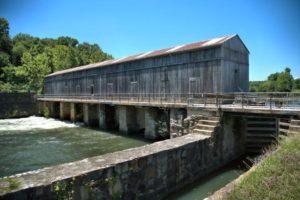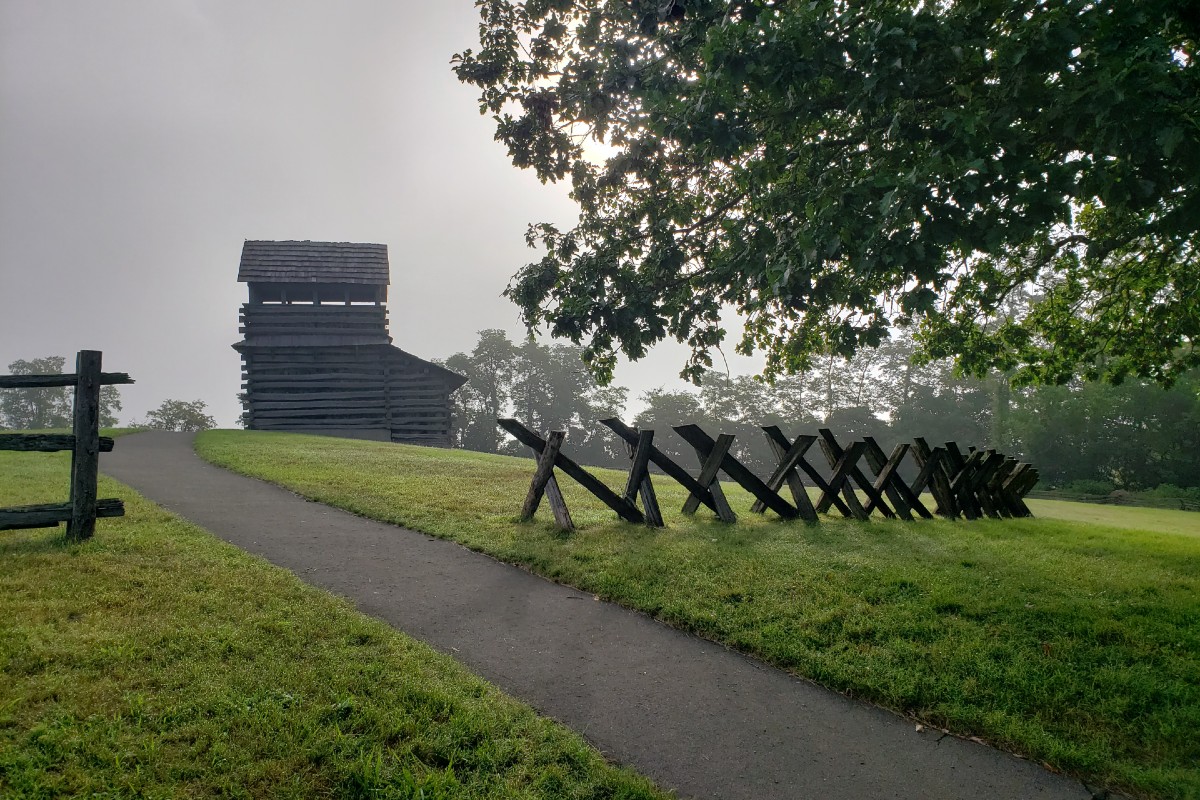Here’s a distinctive photograph for you to solve. We love the way this photo is dramatically constructed, and perfectly framed. Figure out where this photo was taken and send your answers to elliott@brack.net, and include your hometown.
 Recognizing the last Mystery Photo was newspaperman Mark Smith of Eatonton. “The picture is the Lock Dam on the canal at the County Park on the Savannah River in Augusta. One of my favorite places. I used to jog there when I was working in Augusta.” The photo came from Brian Brown of Fitzgerald in his Vanishing Georgia series.
Recognizing the last Mystery Photo was newspaperman Mark Smith of Eatonton. “The picture is the Lock Dam on the canal at the County Park on the Savannah River in Augusta. One of my favorite places. I used to jog there when I was working in Augusta.” The photo came from Brian Brown of Fitzgerald in his Vanishing Georgia series.
George Graf of Palmyra, Va. wrote: “This is the Augusta Canal National Historical Canal Headgates, Savannah Rapids Park, Columbia County, Martinez. The power of the water rushing over the rapids helped spark the idea of building a canal that would stretch from the cataract through Augusta and back into the Savannah River. The canal which could be used to turn the wheels of industry.
“Begun in 1845, the first stage of the Augusta Canal was completed the next year. The headgates at today’s Savannah Rapids Park were opened on November 23, 1846, and water flowed for the first time into the canal that had taken 200 men roughly 18 months to build. The canal proved to be a success. Industry began to develop in Augusta, using the slow moving force of the canal to spin turbines creating the power necessary to drive textile and other mills. Thousands of jobs soon resulted from the project.”
Allan Peel of San Antonio, Tex. added: “Henry Harford Cumming (1799–1866) was an important figure in antebellum Augusta and his business was based in the cotton industry. He was the driving force behind the development of the Augusta Canal when he contracted J. Edgar Thomson (1808-1874) to design the Augusta Canal. The Augusta Canal Headgates and the first nine-mile section of the canal were completed between 1845-1846, and within a couple of years three mills had risen along the waterway. During the Civil War, the Confederate Powder Works gunpowder manufacturing complex was built along the canal and many more textile plants and industries followed in the late 19th century. While most southern canals failed to deliver on their builder’s promises, the Augusta Canal was surprisingly successful and is the only intact industrial canal still in use in the South today.”
Others making the connection included Susan McBrayer, Sugar Hill; and Lou Camiero of Lilburn.











Follow Us